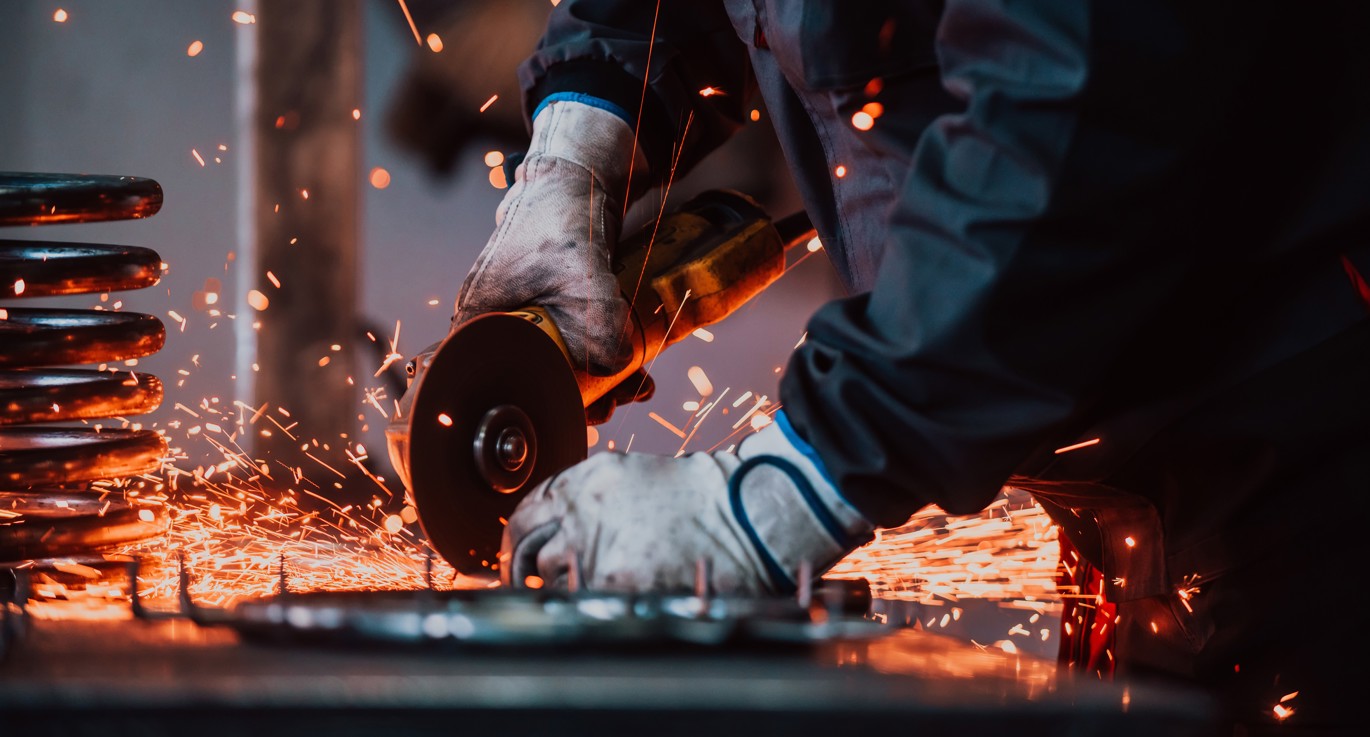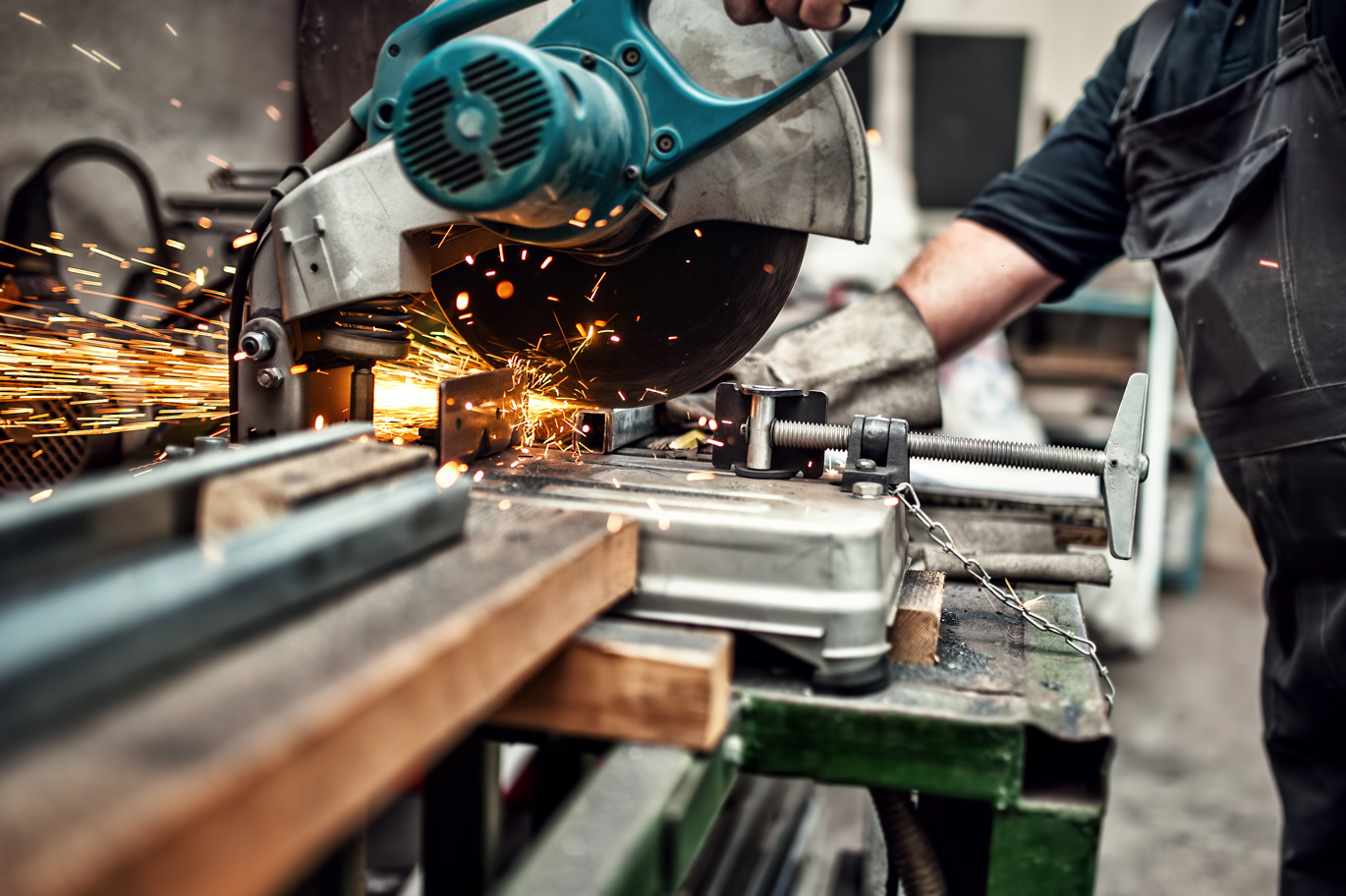Work Equipment PUWER Inspection Services
Work equipment is subject to be regularly checked to comply with PUWER regulations.
PUWER Inspection Services
At ISI, our professional PUWER inspection services ensure compliance with the Provision and Use of Work Equipment Regulations 1998 (PUWER Regs or PUWER 98 Regulations). We provide your company with the necessary certifications to enable you to operate your work equipment legally and safely.
We will manage your inspection schedule and let you know in advance when inspections are due. The level of inspection required, and the competency of the inspecting person, depends on the complexity of the machine.
ISI checks if your machines and guarding systems are safe and meet regulations. They provide a report or certificate to prove this.

More benefits of choosing our professional service include:
- Equipment survey to identify assessment and inspection requirements (for an agreed fee).
- No-obligation quote for the identified equipment and machinery inspection requirements.
- Inspection Service contract and schedule.
- Assessment and inspection by friendly, qualified engineers, by appointment.
- Free impartial advice by phone.
- Immediate feedback should any serious issues be identified.
- Summary and review of any queries arising from the inspection, at the end of the visit.
- Written reports by email or via our online reporting system.
- ISI will manage the plant and machinery inspection schedule for you and let you know well in advance when inspections are due.
What Does Work Equipment Include?
Under PUWER, all high-risk work equipment requires thorough examination by a qualified professional. Lower-risk and basic work equipment may be inspected by in-house staff, providing they have the necessary competency.
Generally, any equipment which is used by an employee at work is covered by PUWER. This includes, but is not limited to:
- Vertical Doors
- Dock Leveller Systems
- Ladders
- Drilling machines
- Power presses
- Circular saws
- Photocopiers
- Lifting equipment (including lifts)
- Dumper trucks
- Motor vehicle
If employees bring their own equipment, it will also be covered by PUWER, so you must ensure it meets the requirements.

Certain requirements for mobile work equipment did not apply to equipment used in the business before December 5, 1998. These requirements were not applicable until December 5, 2002. Read the HSE information sheet MISC156 if you use hired mobile work equipment.
The Regulations cover various uses of equipment, such as starting, stopping, maintaining, servicing, repairing, modifying, cleaning, and transporting.
You can find a full list of items requiring PUWER inspection services on our Equipment Safety Checklist page.
Frequently Asked Questions
What is the purpose of a PUWER inspection?
The inspection of work equipment under PUWER ensures that all equipment and machinery in the workplace are safe for employees to use and for anyone else to be around. Compliance with PUWER significantly reduces the risk of operational failure, accidents, and severe injury.
What equipment is covered under PUWER?
Any equipment that is used in a workplace and could pose a risk to the health and safety of employees or the surrounding public require regular PUWER inspections. See a full list of items on our Equipment Safety Checklist Page.
How often should PUWER inspections be carried out?
The frequency of PUWER inspections can vary between 12-120 months depending on the type of machine or system. Please read our Frequency of Inspection Guide for specific details on pressure systems, lifting equipment, exhaust ventilation, power presses and power machinery.
Is PUWER a legal requirement?
The Provision and Use of Work Equipment Regulations 1998 (PUWER) is an Approved Code of Practice and Guidance (ACOP). Although it is not law, regular PUWER inspections and certifications are usually sufficient for legal compliance for workplace Health and Safety.
